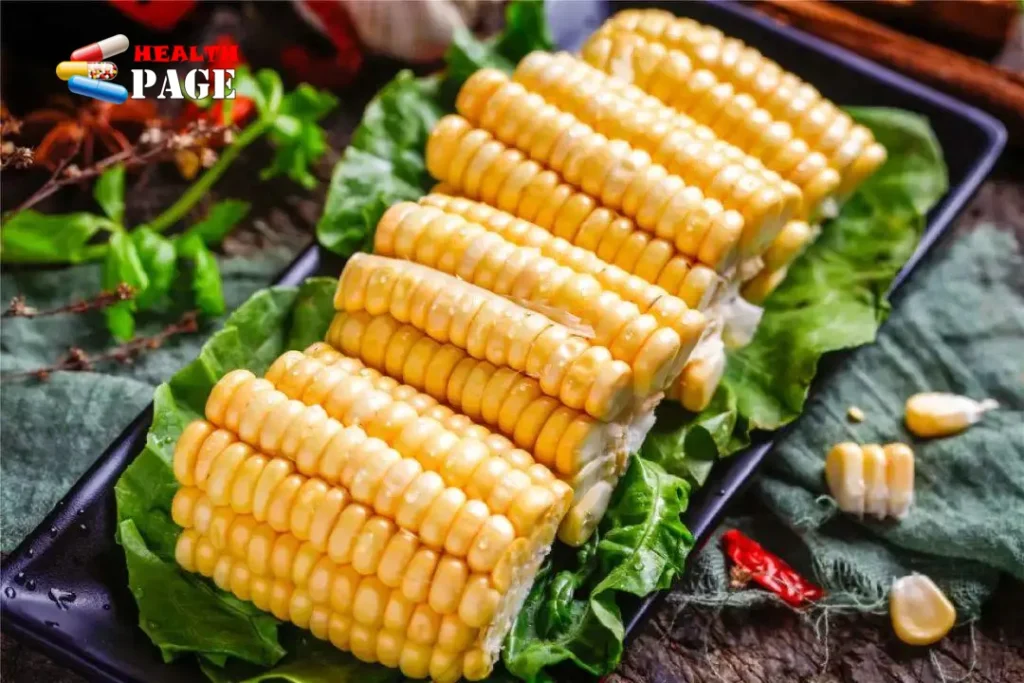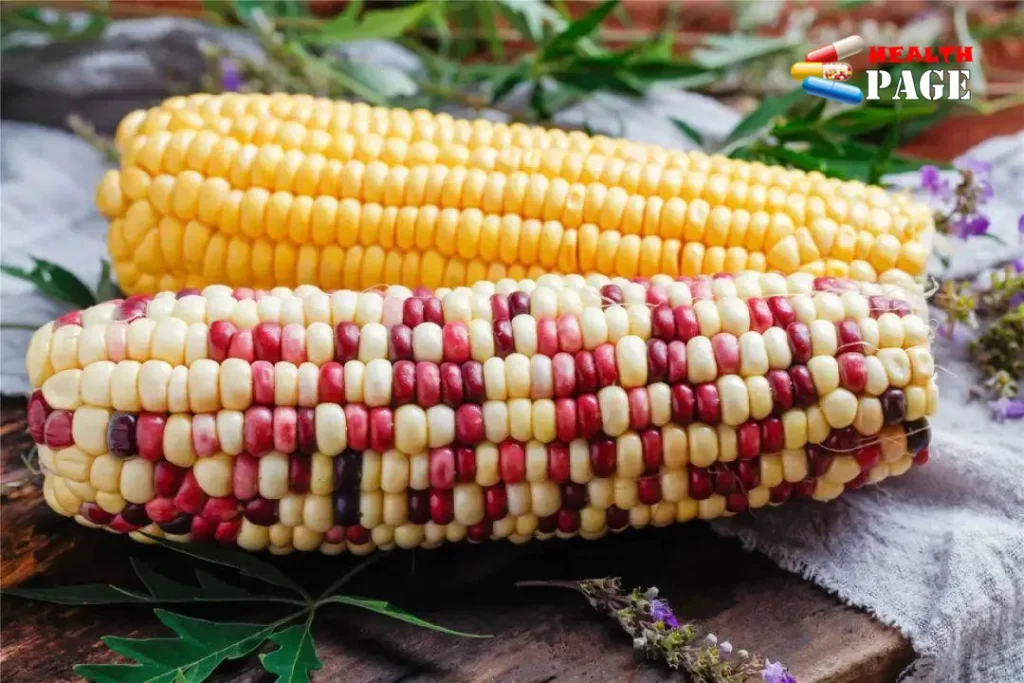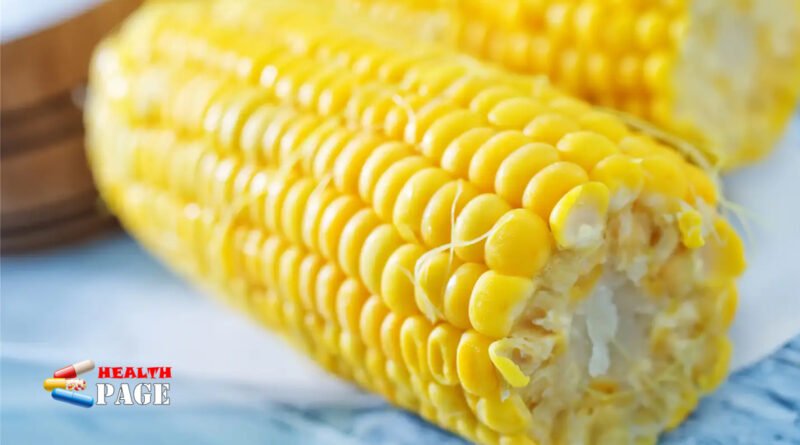Sweet corn and glutinous corn have a calorie difference of up to half!
Compared to other whole grains , corn has relatively low nutritional value. Glutinous corn has more calories and raises blood sugar faster than sweet corn. Cornmeal and corn grits are mostly made from mature corn that is neither sweet nor sticky, and have a low glycemic index . Instant corn porridge and corn flakes are convenient, but not healthy.
Corn can be eaten year-round; it’s used in stews, soups, and as a staple food. When you don’t have time for a proper meal, buying a boiled corn from a street vendor is a sweet and delicious choice. Today, let’s talk about corn~

Whole grains like corn
Is corn considered a whole grain? Yes, whole corn kernels are considered whole grains.
Compared to refined white rice, corn does have higher levels of potassium, vitamin B2, and dietary fiber. However, compared to other whole grains such as oats, quinoa, millet, brown rice, black rice, barley, buckwheat, and highland barley, corn is a poor performer among whole grains —it contains only 4% protein, 2%-3% dietary fiber, and is also at the bottom in terms of vitamin B1 and minerals such as calcium, potassium, and magnesium.
Of course, this is closely related to the difference in its water content, but it also reminds us to pay attention to the amount we consume.
Corn has a lower protein content than refined white rice and white flour, so it is not recommended to eat only corn as a substitute for a meal , as you will not get enough protein .
As for calories, there is a significant difference between sweet corn and glutinous corn.

sweet corn
Under the control of some genes in corn, ineffective starch synthase is produced, which causes corn to be unable to convert soluble sugar into starch and store it normally during growth. In the end, it becomes corn with less starch and more soluble sugar . Such corn is sweet corn. It has a thin skin, lots of juice, and tastes crisp and sweet.
According to the USDA Food Database, yellow sweet corn is 76% water, only 5.7% starch, and 6.26% is composed of sucrose, glucose and fructose.
Although it tastes sweet, it’s mostly watery with little solid food .
Sweet corn is a type of sweet corn.
Sweet corn is actually the type of sweet corn that is best suited for eating raw. It has a high water content, almost no starch, and the monosaccharides and disaccharides give it a sweet taste, which is indeed very similar to fruit.
To clarify, sweet corn is bred through hybridization, not genetically modified. In fact, it’s very difficult to distinguish genetically modified corn from genetically modified corn in terms of taste and appearance.
glutinous corn
Glutinous corn, also known as sticky corn, is corn in which the synthesis of amylose is inhibited under the control of the glutinous gene , while the proportion of amylopectin is almost 100% . Such corn is called glutinous corn[3]. Its kernels are opaque and look like wax. The starch content is much higher than that of sweet corn, close to 30%.
Which has the highest calorie content? Glutinous corn!
Although sweet corn tastes sweet, glutinous corn has almost twice the total carbohydrate content of sweet corn, while the protein and fat content are roughly the same. So it’s obvious which one has a higher calorie content.
According to the USDA’s food database, nutritional information tables for packaged corn, and literature data, 100g of sweet corn kernels contains approximately 86 kcal, while a whole ear of sweet corn contains 87-123 kcal; while 100g of waxy corn kernels contains 140-200 kcal, and a whole ear of waxy corn contains approximately 160-240 kcal.
In other words, glutinous corn has almost twice the calories of sweet corn .
What raises blood sugar quickly? Glutinous corn!
Surprisingly, despite sweet corn tasting sweeter, glutinous corn raises blood sugar faster.
The key lies in the large amount of amylopectin in glutinous corn . Amylopectin contains a large number of glucose molecules in a tree-like structure, and the connection is loose. Each glucose molecule can be well exposed to the action of digestive enzymes and is digested and enters the blood quickly. Studies have found that rice cakes containing a large amount of amylopectin have a higher glycemic index than eating glucose directly.
Specifically, pure glutinous corn starch , when mixed with water and heated in a microwave oven for 90 seconds, has a GI of 92-101 (whole corn will have a slightly lower GI), while the GI of boiled sweet corn is 55.
In general, for those who want to control their calorie intake and blood sugar levels , sweet corn is a better choice than glutinous corn. The former is more like a fruit or vegetable, while the latter is a staple food that is high in calories and raises blood sugar quickly.
Replacing rice with sweet corn can lower the glycemic response, but this is not necessarily the case with glutinous corn.
Where did the corn that was neither sweet nor sticky go?
Sweet corn and waxy corn are both the result of artificial selection in these two directions. In fact, there are also more primitive local varieties of old corn (flint type, dent type, etc.) that are neither sweet nor waxy, and their starch is mainly amylose.
However, this type of corn is becoming increasingly rare in fresh corn products. The cornmeal and corn grits we buy are mostly made from this type of corn. Let’s talk about these corn products next.
Corn grits (corn dregs)
Corn grits are made by crushing corn kernels (with the germ removed) into small pieces . The germ is removed because it has a high oil content, is not easy to store, and is prone to oxidation. Removing the germ will also result in the loss of some vitamin E and minerals , so corn grits have a lower nutritional content than whole corn kernels.
By the way, remember to eat the small piece that easily gets stuck on the corn cob when you’re eating it.


